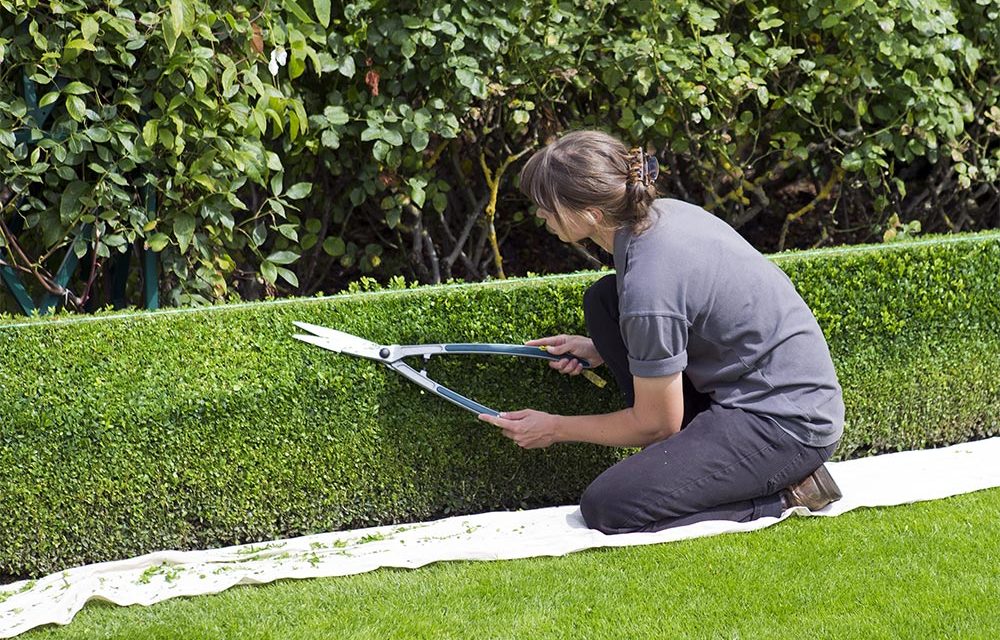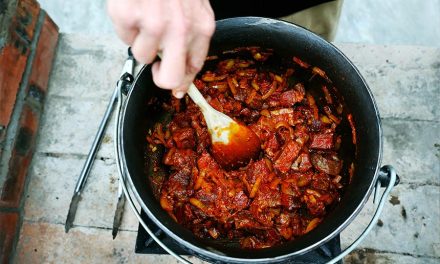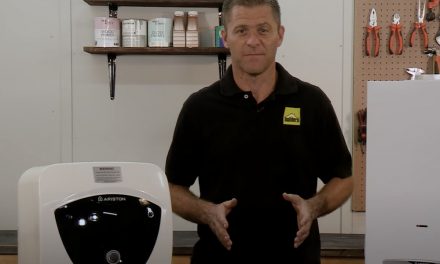It is time for the garden’s annual haircut. Here’s how to take the guesswork out of this end of winter task.
Some gardeners dread it, but pruning can be very therapeutic. It’s a way of getting the garden back into shape. Cutting back, trimming and neatening plants gets us active and best of all, we (the plants and us) can start again on a fresh page.
The basics of pruning
The dictionary defines pruning as ‘to trim by lopping off superfluous parts’. The reason why we prune, whether it’s roses, shrubs or fruit trees, is to shape and neaten the plant, to encourage strong new growth by removing dead, old and diseased growth, and to encourage the production of more flowers or fruit.
The basic steps are:
- Cut or saw off any dead or diseased stems or branches, leaving healthy undamaged growth.
- If two branches or stems cross, remove the weaker stem or the one that opens up the bush.
- Remove any obviously old wood from which little has sprouted and grown.
- If necessary, remove dense inner growth to allow in the light and space for new stems to sprout.
- Weak branches or stems can be removed completely.
- After that you just need to trim the plant into a pleasing shape.
When to prune
When to prune is possibly more important than how you prune. Pruning at the wrong time can affect the production of flowers or fruit.
What to prune in August?
- Roses can still be pruned in early August, with roses in very cold areas towards the end of August.
- Summer and autumn flowering shrubs: Vigorous growers such as Plumbago, Abelia, Duranta, Pyracantha, Poinsettia, and Solanumcan be cut back by half or even two thirds, ending with a nice, rounded shape.
- Hard prune (almost to the ground) shrubs such as plectranthus, wild dagga (Leonotis) and Ribbon bush (Hypoestes) to rejuvenate them.
- It is still possible to prune peaches, nectarines, apricots, plums, apples and pears at the beginning of August, but no later.
- Quince and figs can be pruned later in August.
What to prune in September?
- Hydrangeas, clematis and fuchsia
- Wait until spring flowering shrubs (azaleas, camellia, magnolia, May bush, Mackaya bella) and creepers have flowered before pruning
- When pruning camellias never cut back to defoliated stems. Azaleas tend to throw up long stems with leaves at the top. When the truss has finished flowering cut the stem down to a noticeable eye.
- Evergreen trees and conifers
Essential Pruning Equipment
Builder’s Warehouse (www.builderswarehouse.co.za ) stocks the full range of pruning equipment, all with a two year guarantee. Here’s their advice on the right tool for each pruning job:
Secateurs are the best tool for pruning roses, hydrangeas and shrubs, creepers and fruit trees. Use them for cutting thin to medium sized stems.
- Garden Master Bypass Pruner is a precision secateurs that is suitable for cutting green or growing stems. The very sharp steel blades make a clean and easy cut and the Teflon coating extends the life of the blades.
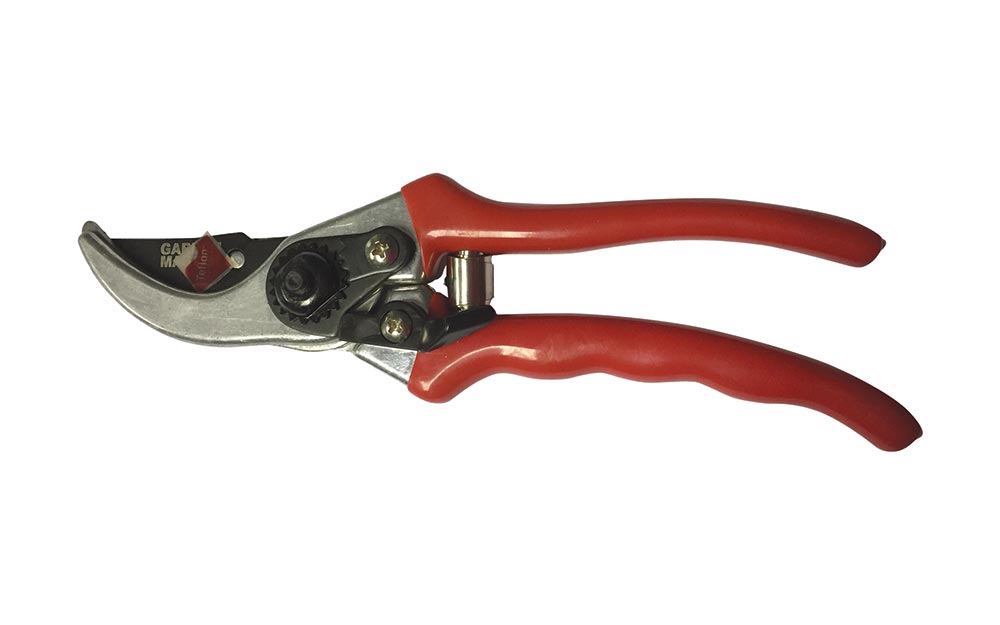
- Garden Master Anvil Pruner is suitable for pruning hard and woody growth because of its anvil action by which the blade cuts down onto a solid bar. However, it can also be used to cut green stems.
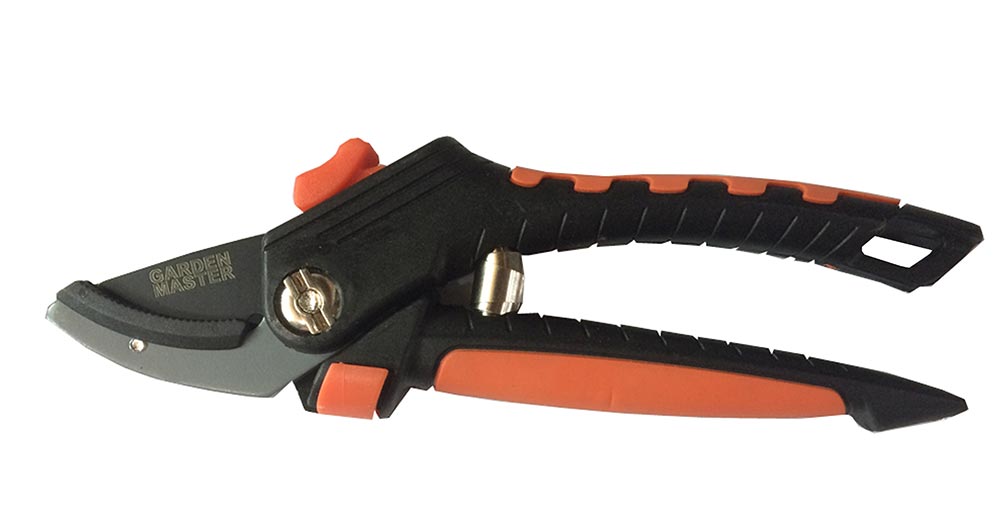
Long handled loppers are useful for cutting thicker green, woody or dead stems of rose bushes, fruit trees, shrubs, and creepers. They are the next step up from secateurs and have a stronger action that will not tear or bruise the thicker stems when cutting.
- Garden Master Gear Function Bypass Lopper is used for trimming and pruning and the gear function gives improved leverage whilst cutting. The rubber handles also offer extra grip.
Like the bypass pruner, its cutting action is clean and easy.
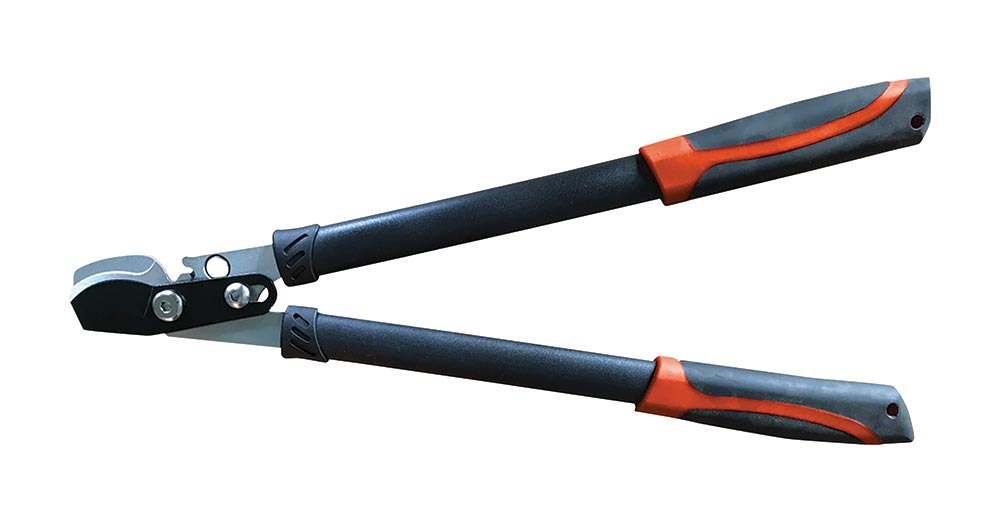
- Garden Master Gear Function Anvil Lopper can also be used for the precise cutting of thicker stems and the adjustable gears provide added power. The carbon steel heat treated blades are long lasting and can also cut tender new growth.
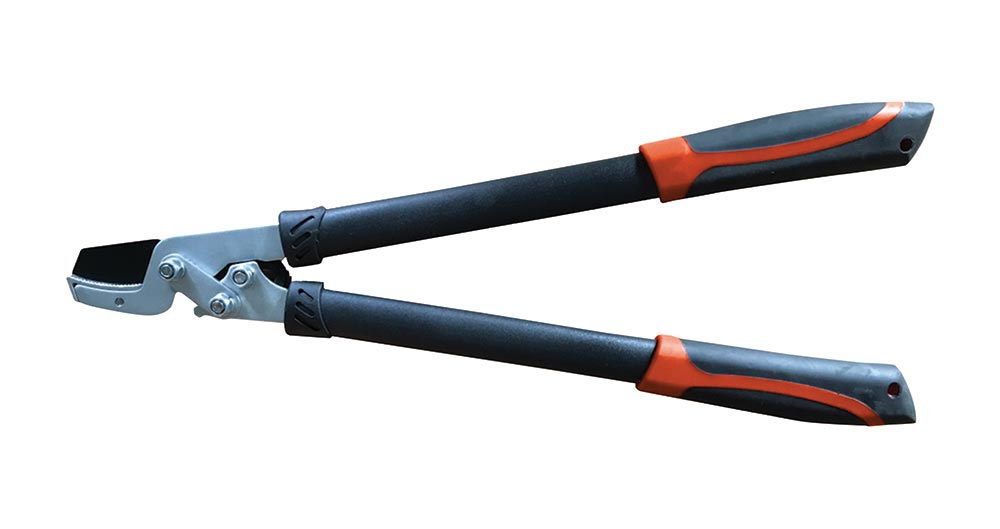
- Garden Master Folding Saw has a tri-cut 185mm width blade that is designed to cut faster and easier. In addition to normal hard pruning, it effectively cuts sticky and gummy plants. The tempered steel blade is rust resistant. Being a folding saw, it takes up very little storage space and the blade is protected.
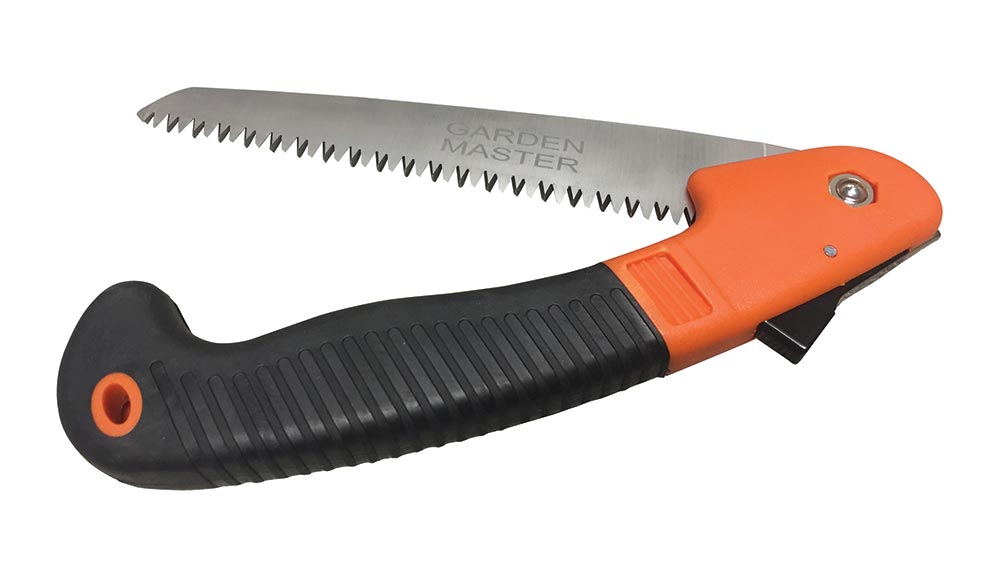
Garden Master Straight Hedge Shear has sharp, heat-treated steel blades for precision cutting and durable, non-slip wooden handles for an easy grip.
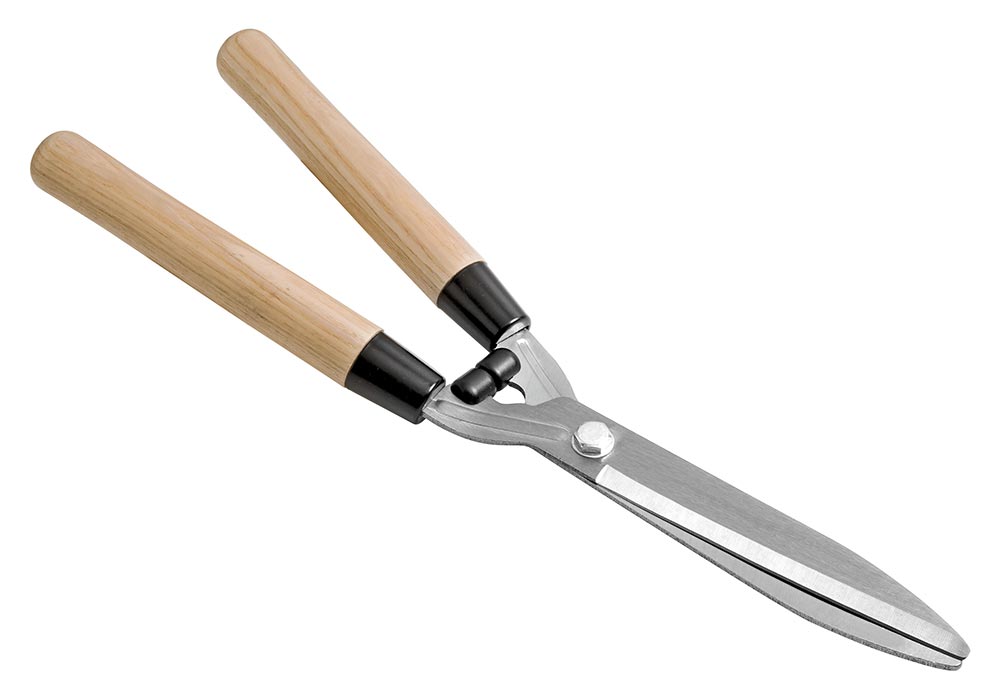
Credits
Written by: Alice Coetzee

